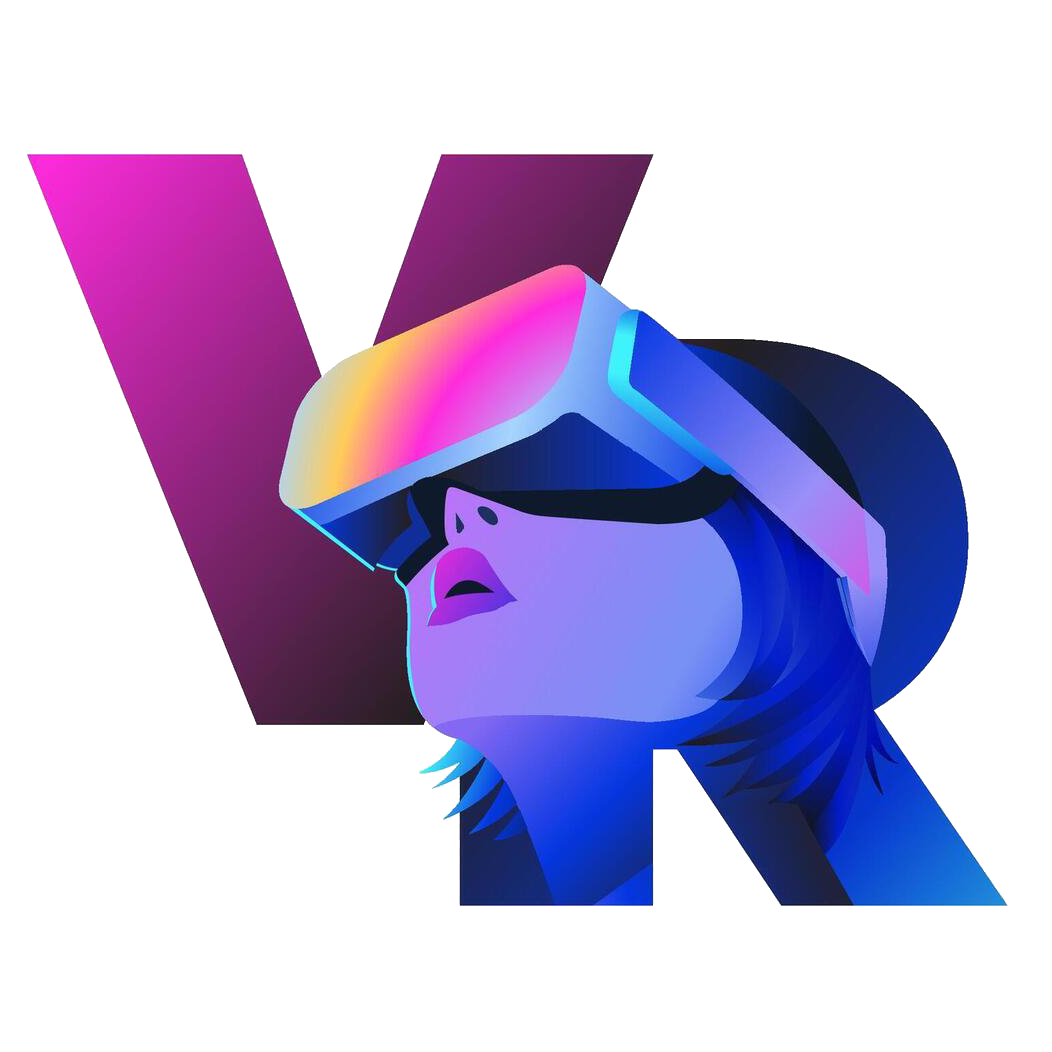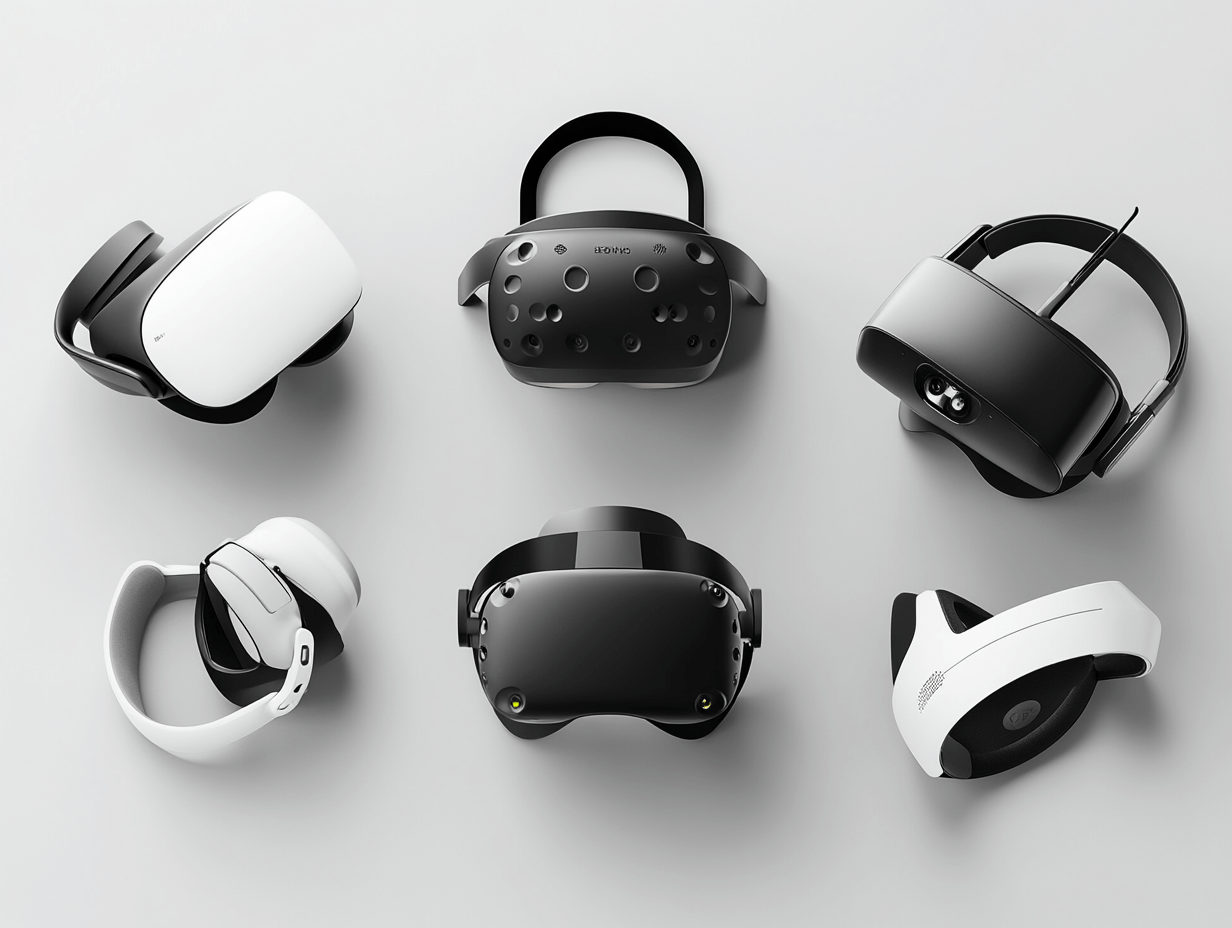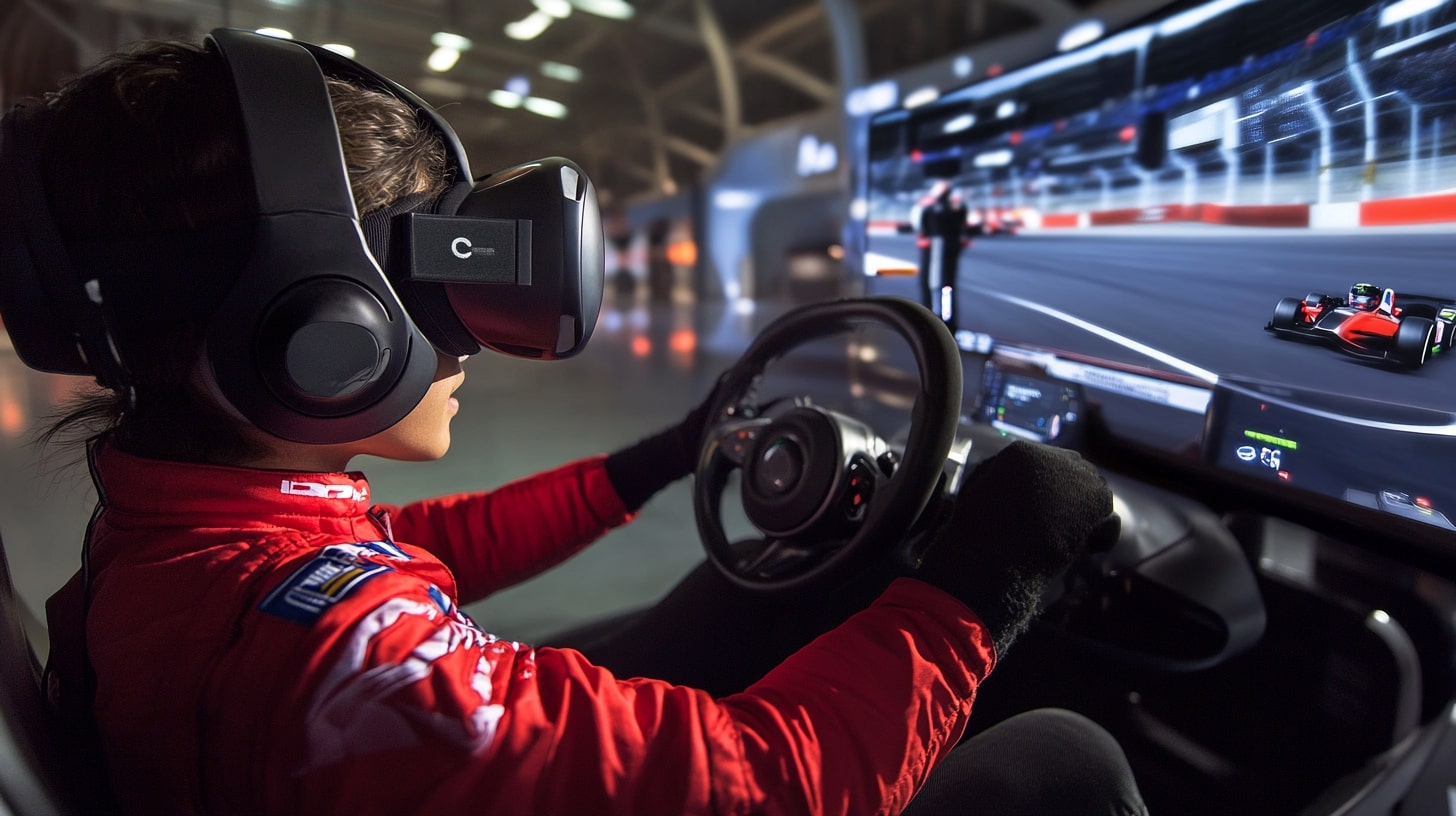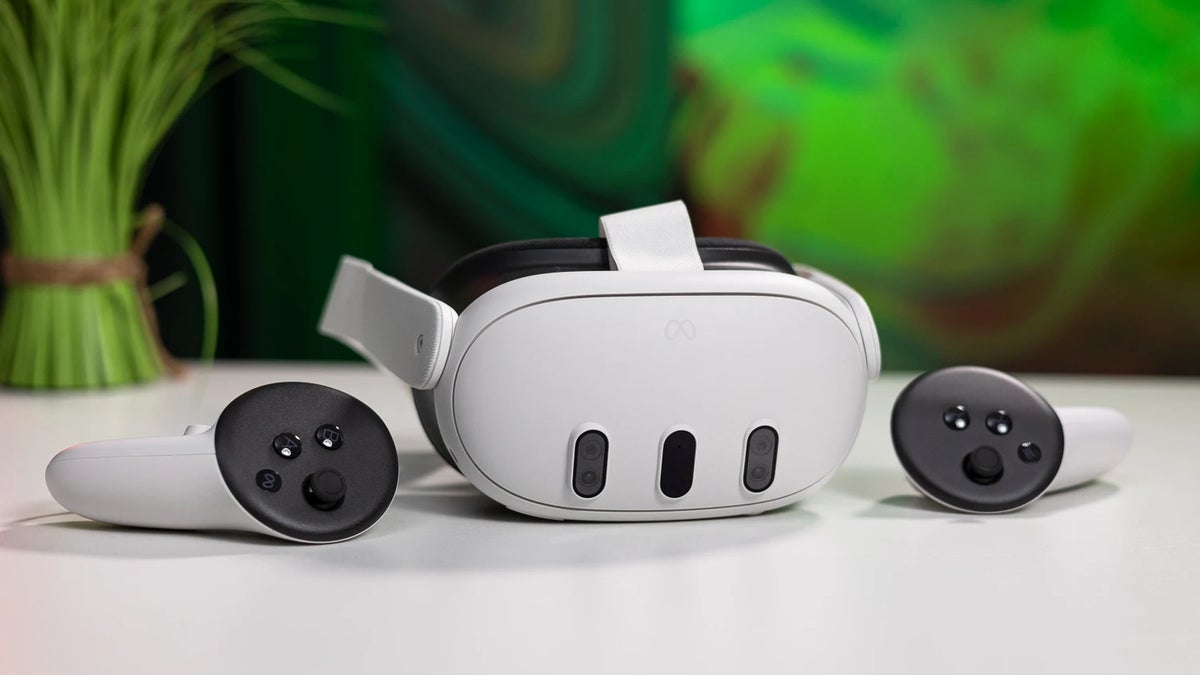Now Reading: Standalone vs. PC-Powered VR Headsets: Which One is Right for You?
1
-
01
Standalone vs. PC-Powered VR Headsets: Which One is Right for You?
Standalone vs. PC-Powered VR Headsets: Which One is Right for You?

Previous Post
Next Post
Loading Next Post...







